Director: Albert Pyun
Writer: Albert Pyun
Cast: Linden Ashby, Rutger Hauer, Kimberly Warren, Tim Thomerson, Norbert Weisser, Andrew Divoff, Yuji Okumoto, Vincent Klyn, Tim Thomerson, Sonya Eddy, Shannon Elizabeth, Jill Pierce
Running Time: 159 min.
By Z Ravas
When I was 10 years-old, I thought you couldn’t get any cooler than Linden Ashby. That probably sounds amusing now, but I still think the actor was able to combine the amiable charm of someone like Owen Wilson with a bonafide martial arts background (Ashby studied karate, tae kwon do, and kung fu from the age of 21 onwards). Although he portrayed the parody of a martial arts star as Johnny Cage in 1995’s Mortal Kombat, one gets the sense in another life Ashby could have been the genuine article. More than anything, it was likely time working against Ashby: by 1997, the year he starred in Blast, the action movie boom of the Eighties and Nineties had more or less dried up, and former superstars like Jean-Claude Van Damme and Steven Seagal were on their way to direct-to-VHS fare like The Legionnaire and The Patriot, respectively.
The shrinking market for traditional action fare is keenly felt while watching Blast, a movie you might call ‘Die Hard in an Olympic training pool.’ The film arrives from notorious B-Movie king Albert Pyun, whose career trajectory more or less mirrored the dwindling favor of the action genre. While the Eighties saw him pair with Van Damme for Pyun’s biggest hit, Cyborg, and the early Nineties brought the likes of his visually impressive cyber-punk feature Nemesis, by ’97 it appears Pyun barely had a few pennies to rub together to make a film like Blast. In an echo of his later work like Ticker, Blast consists almost exclusively of tight close-ups on actors’ faces, as though the cast was never in the same room at once, and continually uses the same nondescript hallway to stand in for the entire floor of a building. On one hand, you have to feel for Pyun: there’s almost no conceivable way you could make a solid Die Hard knockoff on a shoestring budget. At the same time, watching Blast can be a dire viewing experience, the kind that only makes you sorry for yourself.
Blast’s (frankly bizarre) opening titles acknowledge the Centennial Olympic Park Bombing at the 1996 Olympics in Atlanta, Georgia, and posit the movie as something like a dramatic reenactment of “what could have happened” if a band of terrorists had attacked during the games. This stab at docu-drama realism is an attempt to keep the movie grounded, but feels like a mistake as it lends the movie the feeling of a dull procedural. The first thirty minutes of the movie involve a whole lot of security checks, automated doors, and CTV monitors as the women’s Olympic swim team head to their Atlanta training facility. Thanks to a mole on the inside, Andrew Divoff’s (Wishmaster) heavily armed terrorists take over the pool and end up holding the entire swim team hostage. If their demands are not, the young women (featuring a 24 years-old and undiscovered Shannon Elizabeth of American Pie fame) will be executed one by one.
Enter our John McClane-style “wrong guy in the wrong place at the wrong time,” Linden Ashby, who’s a janitor(!) at the facility. Don’t fret: Ashby’s character is actually a former tae kwon do champion, now disgraced after a debilitating injury led him to a life of alcoholism. At first I was worried when Ashby was introduced with a hobbled leg, but the movie more or less forgets about his injury whenever it’s time for Linden to kick some ass. Unfortunately, it takes a solid forty minutes before Ashby’s character even realizes a terrorist plot is afoot, so those expecting an action-packed 99 minutes might find themselves disappointed by scenes of Divoff preening for the cameras as he rattles off his demands on national television, or Ashby’s poor co-worker (a charming Sonya Eddy, of TV’s Fresh Off the Boat) fleeing Divoff’s armed goons down that same repeating corridor.
Considering Pyun’s experience working with martial artists like Jean-Claude Van Damme and Olivier Grunier, one would hope the action in Blast doesn’t disappoint, and thankfully what little hand-to-hand combat occurs proves well executed. There’s a kind of R-rated nastiness to the violence you don’t often see in these ‘Die Hard’-lites, with Ashby bashing bad guy’s faces into sinks or stabbing knives through throats. Ashby acquits himself well as an onscreen fighter, his background on display with a couple of high kicks and a flurry of punches. The real problem is that Linden Ashby doesn’t have much screentime and, worse yet, no one to play off of. Whereas Bruce Willis was able to interact with the likes of Al Powell and even Hans Gruber himself, Ashby spends most of the movie on his own, silently dragging his increasingly beat up body down hallways and stairwells. Whether this was due to a lack of imagination during scripting or Ashby having a limited number of days on set, we can only guess. Blast frequently cuts to the actions of a few of Pyun’s other stable players, including Tim Thomerson (Dollman) and Yuji Okumoto (Nemesis), as they work to defuse the situation from the Mayor’s office, but these scenes fall flat thanks to the movie’s ambition to realism. Pyun’s attempt to simulate a crisis management situation feels antithetical to the entertainment value of a B-level action movie; the wit and oneliners of Die Hard are solely missed.
I should probably mention Rutger Hauer is in this movie. The Blind Fury actor plays a counter-terrorism expert left a paraplegic after a previous run in with Divoff’s baddie. This basically means he appears periodically in a darkly lit room, offering advice on hostage negotiation to the police. I should also probably mention that, in a baffling move, the Dutch actor was hired to portray an American Indian, complete with some kind of fake tanner and long braids. It’s something you have to see to believe, much like the ending of the film when Hauer and Divoff finally come face to face. All I’ll say is that it involves a swimming pool and a bomb inside a wheelchair.
Blast is a strange one. The film arrives on Blu-ray from MVD Entertainment Group, a distributor who has recently made a name for themselves with their MVD Rewind Collection featuring Nineties guilty pleasures like Nemesis and Double Dragon. MVD have chosen to pluck the movie from obscurity and I’m not entirely sure why, unless they’re looking to fill out Albert Pyun’s filmography – a move I’m in full support of. While the scripting here feels dry and uninspired, I do get the sense that Pyun is straining to make an outsized project work on a miniscule budget. Pyun’s efforts can’t quite overcome a drab location, the lack of action sequences, and a charismatic lead who is conspicuously absent from much of the movie, but I can’t fault him for trying. If you’re feeling particularly charitable, or you’re a Linden Ashby superfan like I was at 10 years-old, Blast might provide a night’s modest entertainment. For everyone else, you’re probably better off rewatching Under Siege or Sudden Death for your inferior Die Hard fix.
Z Ravas’ Rating: 5/10





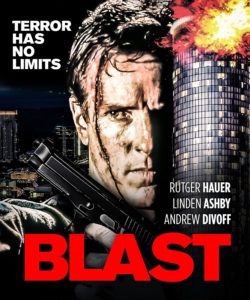

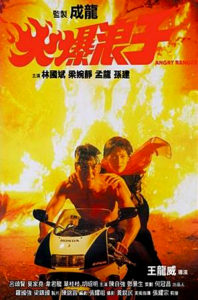
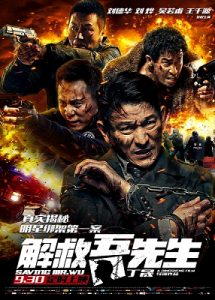
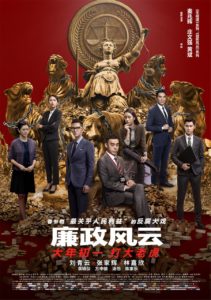
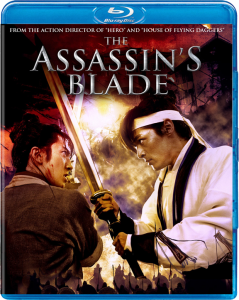
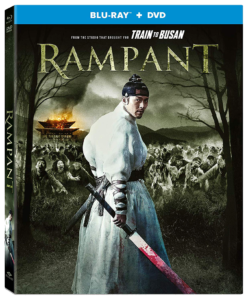


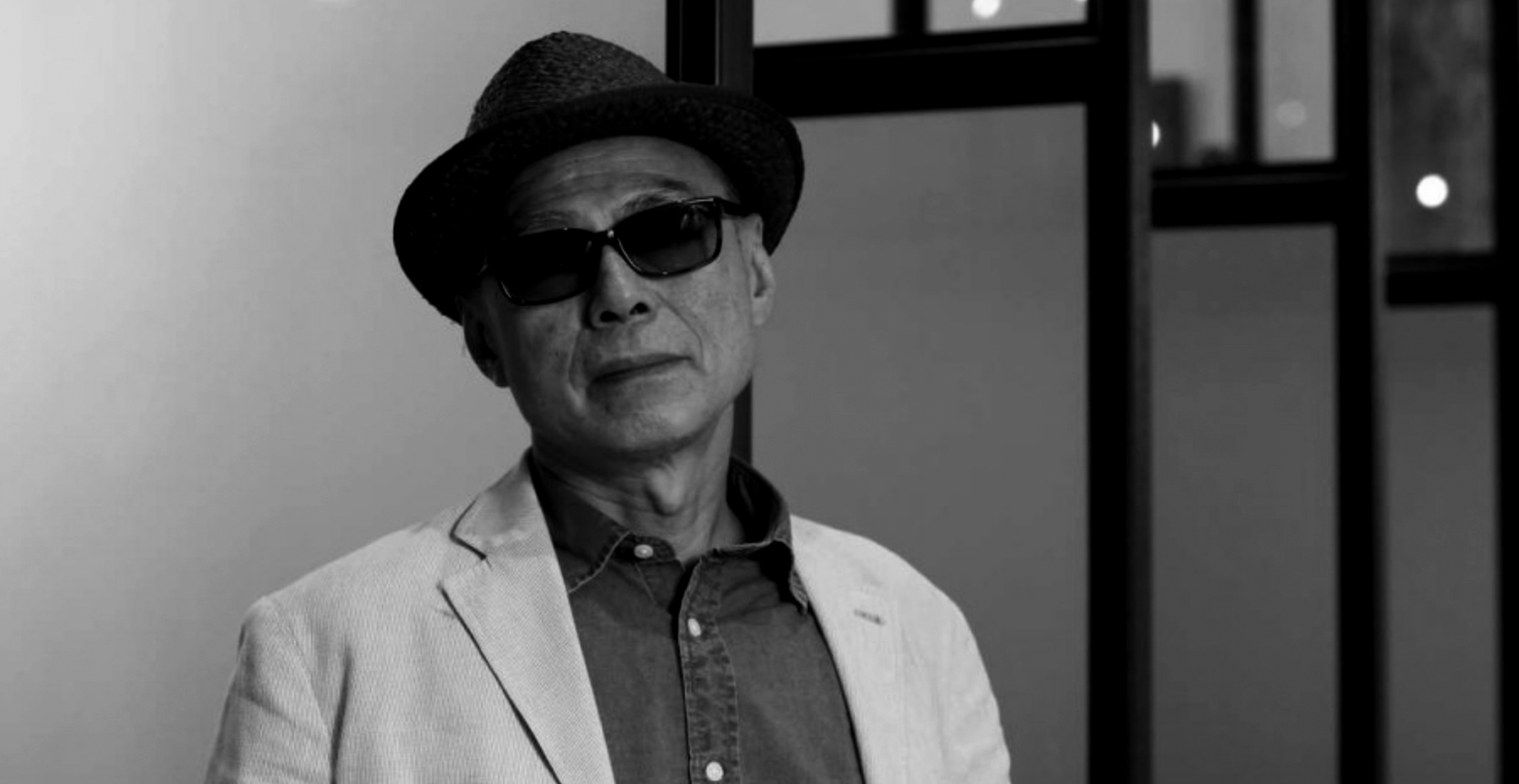
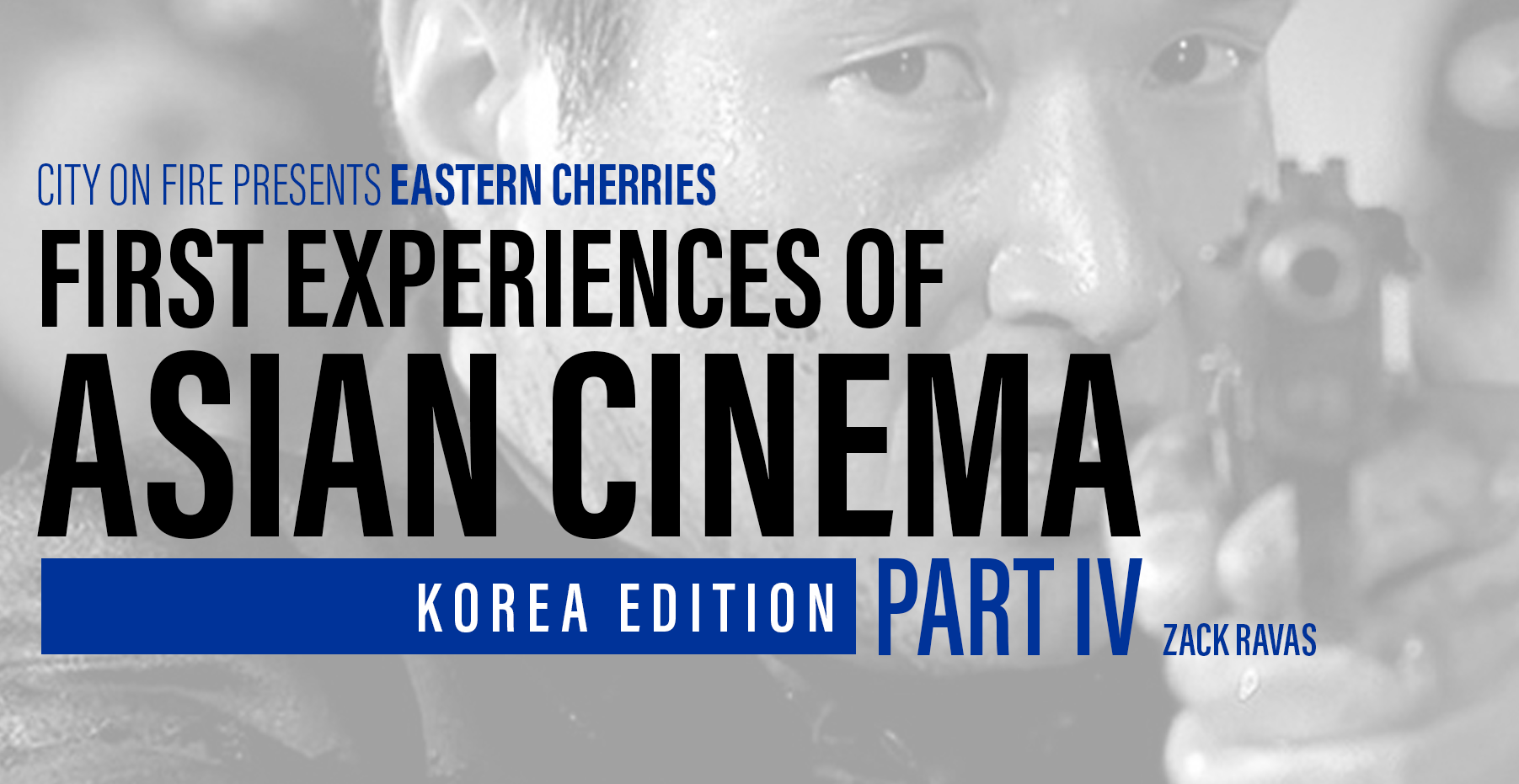 It all comes back to Blockbuster Video. Sure, when you think of the former franchise’s early 2000’s heyday, you might resent them for ordering and taking up so much shelf space with 200 copies of Vin Diesel’s xXx that nobody wanted to rent. But in the midst of all the would-be Hollywood hits and Casper Van Dien Direct-to-DVD flicks, you would occasionally find a foreign film diamond in the rough. Such was the case when I took a chance on the 1999 South Korean action film
It all comes back to Blockbuster Video. Sure, when you think of the former franchise’s early 2000’s heyday, you might resent them for ordering and taking up so much shelf space with 200 copies of Vin Diesel’s xXx that nobody wanted to rent. But in the midst of all the would-be Hollywood hits and Casper Van Dien Direct-to-DVD flicks, you would occasionally find a foreign film diamond in the rough. Such was the case when I took a chance on the 1999 South Korean action film 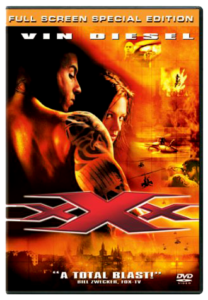
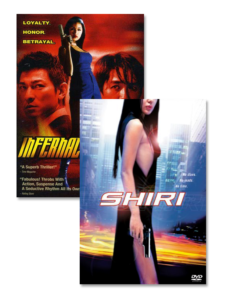
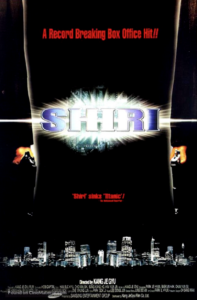
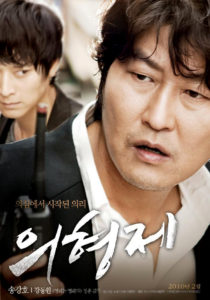
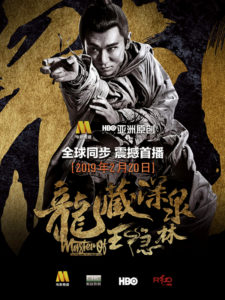
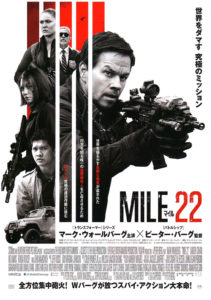
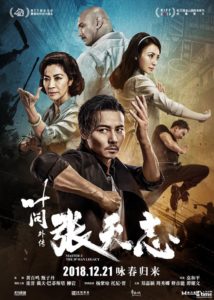



5 Comments